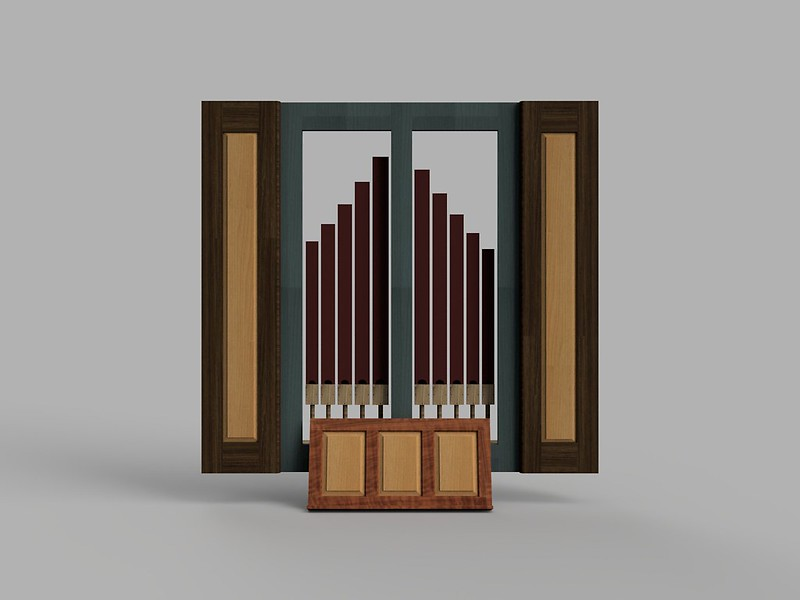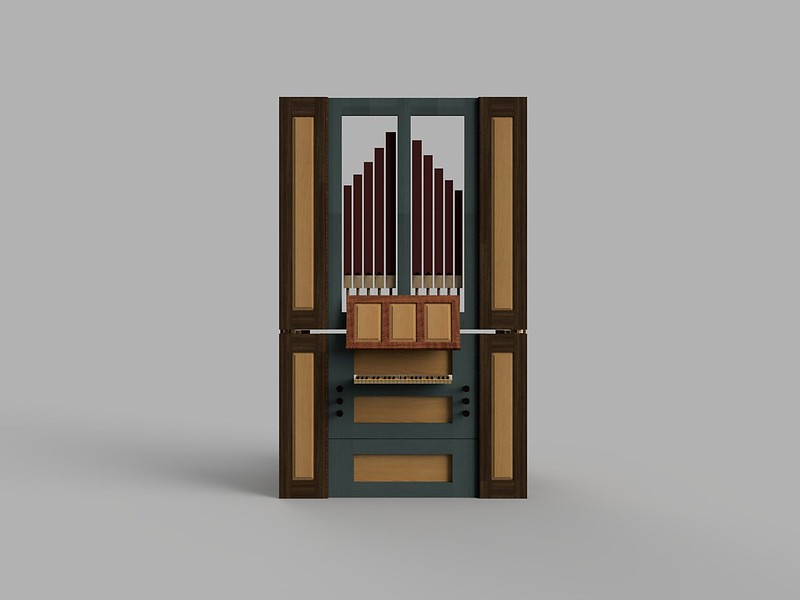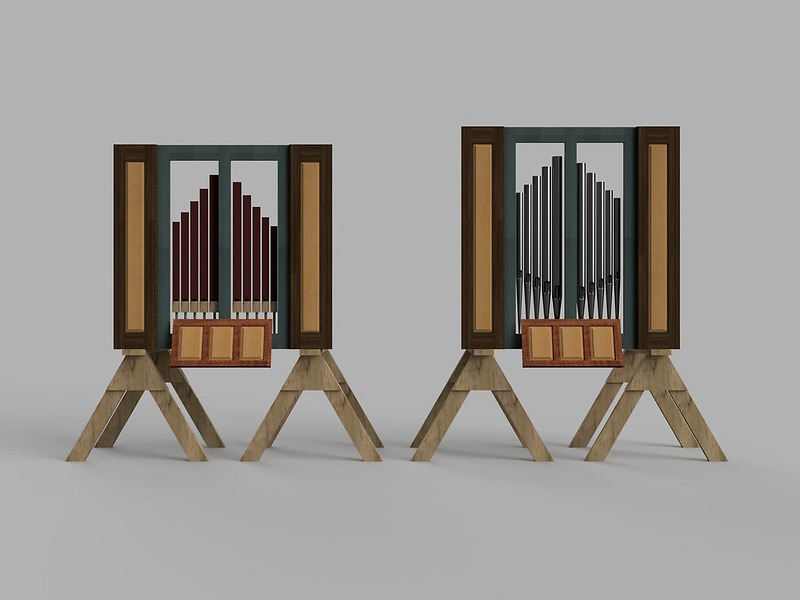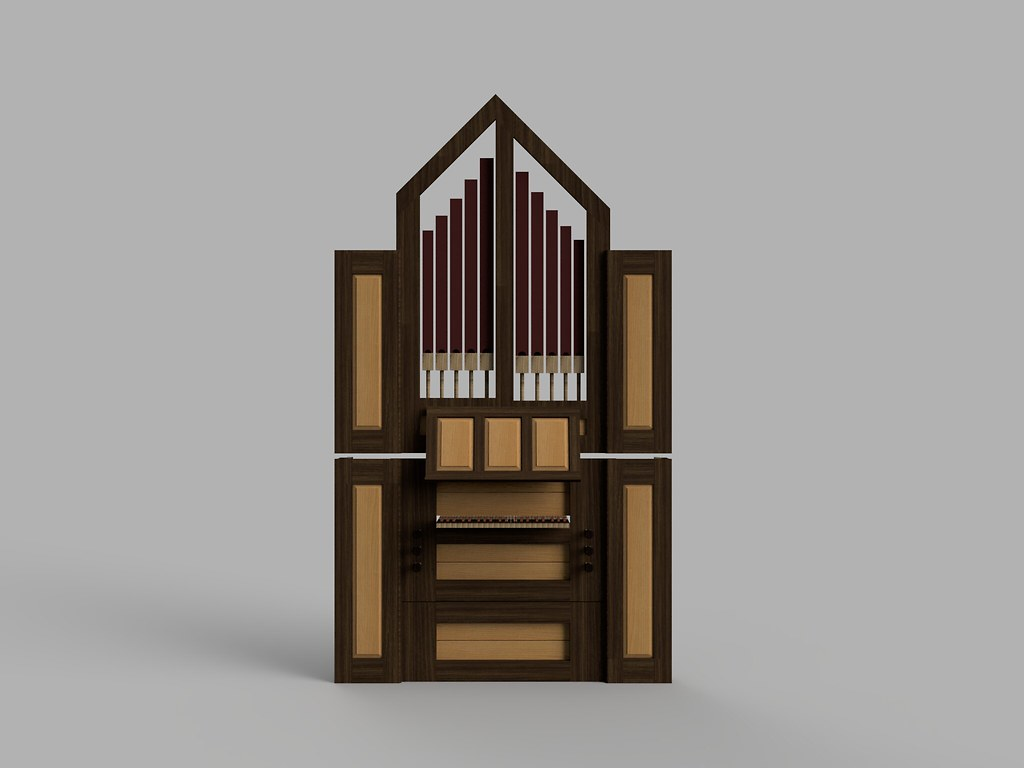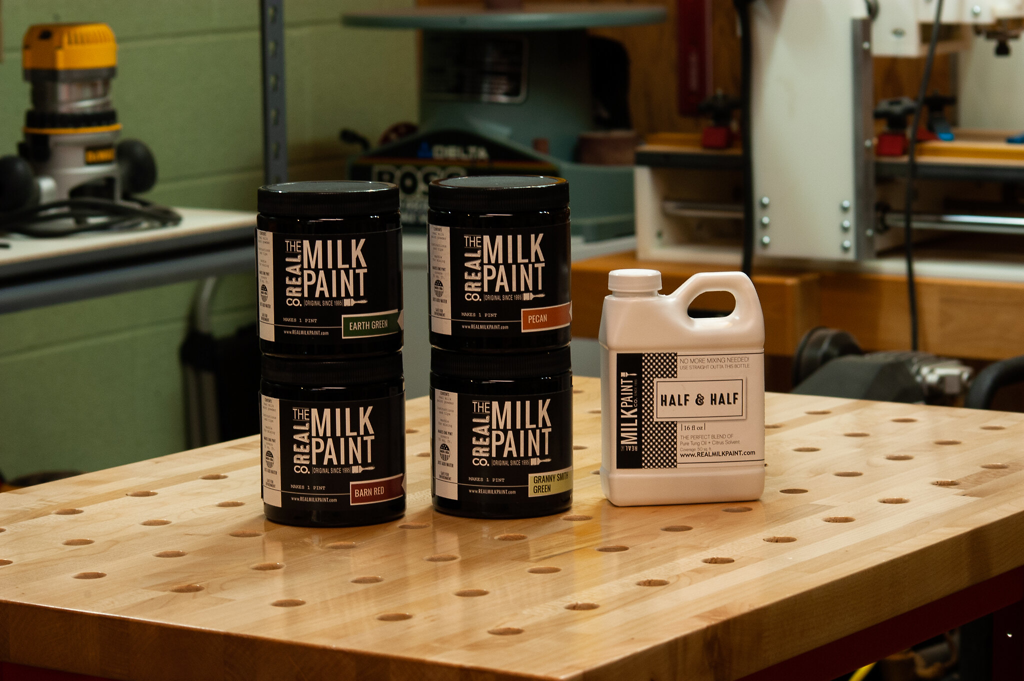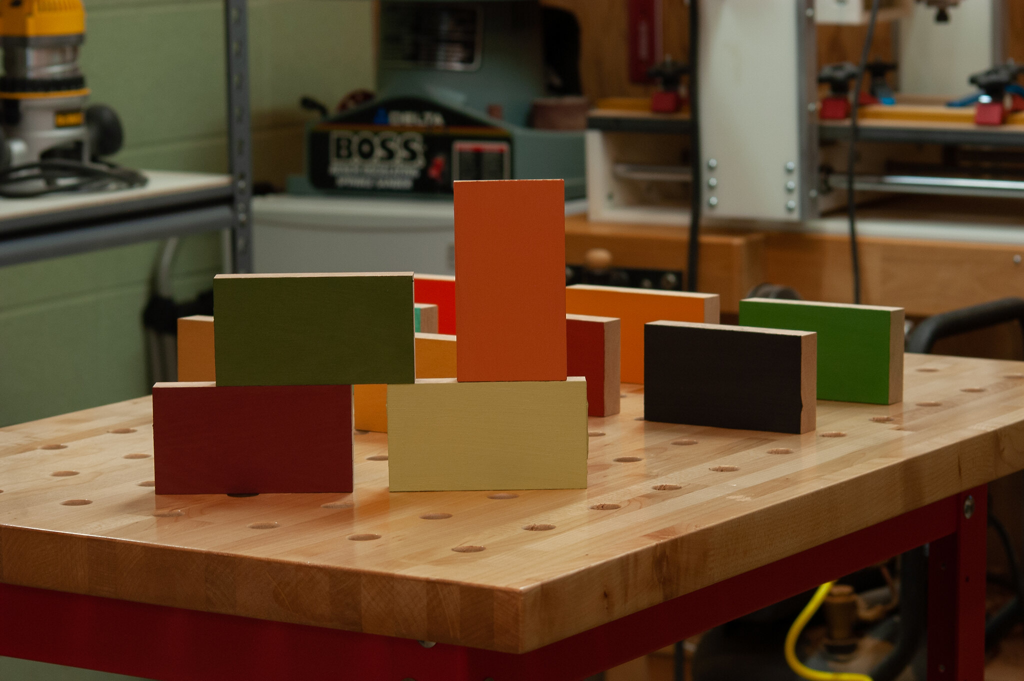No Rabbit Holes Here: Another Practical Design Alternative
![]() August 31, 2025 14:04
August 31, 2025 14:04
In a series of blog posts, I plan to conduct a design study that conceptually builds a very real church, an organ it didn't ask for, using pipes taken from their existing mid-industrial era gallery organ. This design study provides me with the opportunity to develop, if only on paper, an example of my 43-note continuo for a space I am familiar with, using material I am familiar with. I was an organist there for eight years. If you are new to my project, start here and work your way up. This is the sixth in that series.
A new post-pandemic course offered by the University of Minnesota College of Design, titled "Design for a Disrupted World" [CourseID: 7668], prompted me to consider what a pipe organ based solely on essential elements and utilizing recycled pipework where appropriate would look like. I incorporated recycled design elements into my approach to developing a unique 43-note continuo concept. For example, wanting a principal 4' stop in the specification led me to design an upper case frame with the lowest pipes of that stop in the front. I reused part of the front pipe layout I created for the third organ I built, as it was easy enough to do so. Not too much of a surprise, the 43-note family is based in part on the first three instruments I built as an independent builder.
What I didn't do when building the first three was to construct wood organ pipes with a triangular cross-section. I didn't develop that skill until after I started playing the Northrop organ. I have a practical reason for offering the 43-note family with wood front pipes as an alternative. Metal organ pipes are constructed of various alloys of tin and lead. They tend to bend and dent easily. Fingerprints are nearly impossible to remove. The 43-note continuo alternatives share a common base section. More on that later. But I designed the base and upper sections to be compact without sacrificing a clean internal layout that facilitates tuning and maintenance. Therefore, the pipes in front of the case are easily accessible to curious hands. This might not be a problem if the organ is located in the chapel of a church that is only used on Sunday mornings, but if the organ is located in a space with daily access, it may be wise to use wood pipes in the front. I can place doors on the case to protect the front pipes when the organ is not in use, but there are pros and cons associated with this as well. This decision will ultimately be left up to the client to make with my input.
However, this organ is being installed in the front of a church I know well, a space that sees regular daily use. Even though I will continue to design out both wood and metal front-piped alternatives, I will focus more and more on those with wood pipes in the front. Here is an alternative specification that supports the design and space.
Stopped Diapason 8' bass
Stopped Diapason 8' discant
Salicional 8' discant
Flûte triangulaire 4' bass
Principal 4' discant
Melodia 4' discant
Nasat 2 2/3'
Octav 2'
The rectangular framed metal front-piped alternative I introduced in my last post replaced the original 43-note design with an angled roof. I added the lowest pipes of an open 4' triangular stop to the new rectangular alternative, and it works out well. In fact, at just a little over eight feet tall, including the base section, the wood-piped design is five inches shorter than the alternative that uses the metal pipes from my third organ.
Posted August 31, 2025 14:04
Add Your Comment
Reuse and Recycle: The Story of a 43-Note Build
by Steve Panizza
Recent Blog Entries
Archive
